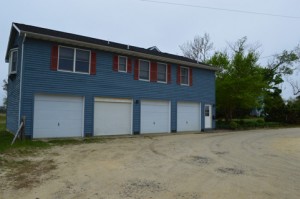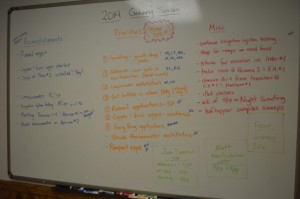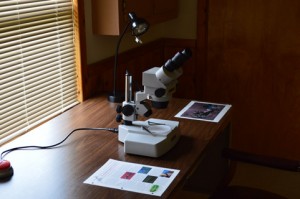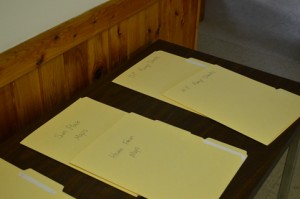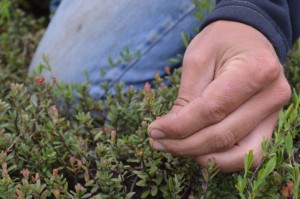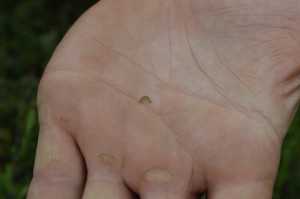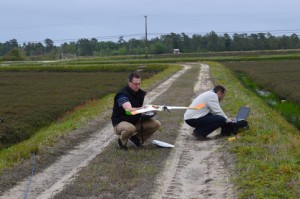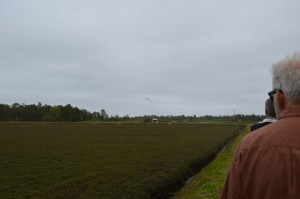In keeping with our core value of continuous improvement, our Integrated Crop Management team moved into their new office this week! Previously, our ICM team did not have a central area to store equipment or hold meetings, but the old office space turned out to be a perfect location to consolidate. Facilities/Equipment manager Louis Cantafio explains: “We don’t like to leave anything unused. As one of the original farm buildings, it has some sentimental value as well as plenty of office and storage space for anything the team might need.” As part of the renovation, the building was re-sided with Pine Island cedar that we had cut here and milled for us.
The interior was also redone to increase efficiency. There is now room to spread out and one central location for research, storage, and records. It also acts as the control center for the many tasks the team needs to perform during the growing season. The building was also added onto the fiber line that connects the shop to the main office server as well as set up for WiFi in order to make the most out of the team’s new tech.
One of the team’s current top priorities is scouting. ICM team members Matt Giberson and Michael Haines spent the week looking at stages of growth and making determination for when to add fertilizer, roughneck fertilizer, or both. “We have to get down in the bog and look at everything,” Matt says. “It’s quick, only about five or ten minutes, but we get out in the middle and check for growth stages and later, bugs. It’s a little too early for pest damage right now; that’ll be later.” A lot of fertilizer application is a waiting game, he says. “We could apply tomorrow, but we want to see what Mother Nature brings us first; we don’t want it washing out.”
Our team is also using new technology to assist with other issues. A big problem in New Jersey cranberry beds is fairy ring, a disease that leads to root rot and fruit rot and remains difficult to control. Dr. Peter Oudemans of Rutgers University has spent the past few days testing fairy ring treatments on some of our cranberry beds, and his team is mapping the beds using aerial photos obtained by a drone. “Previously, it was done by satellite, which was time-consuming in many ways,” he says. “But now we’ll just launch the drone and land it in the bogs, using remote control. It will map out where the fairy rings are; we’ll do it a few times through the season.We’re trying different treatments for each section. After they get treated we can remap, see what plots are working, what plots aren’t.”

